-
Watching The Blueberry Crop
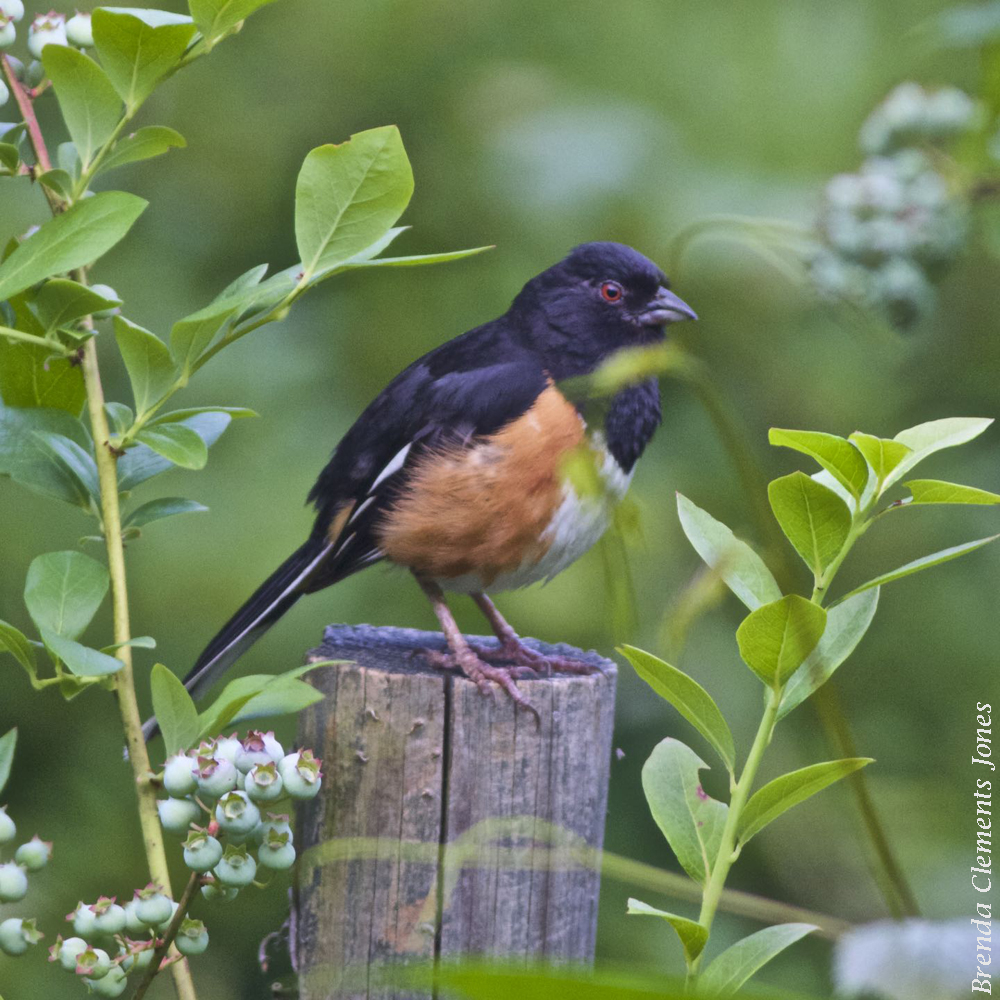
Eastern Towhee (Pipilo erythrophthalmus) Eastern Towhees are here in the mountains of central Virginia year round. Their diet is primarily insects, seeds and berries and during the summer they tend, of course, to eat more insects. True bugs, beetles, ants, caterpillars, moths, millipedes, spiders and snails are all on the menu. But there’s something special…
-
Winter Arrival of the Hermit Thrush
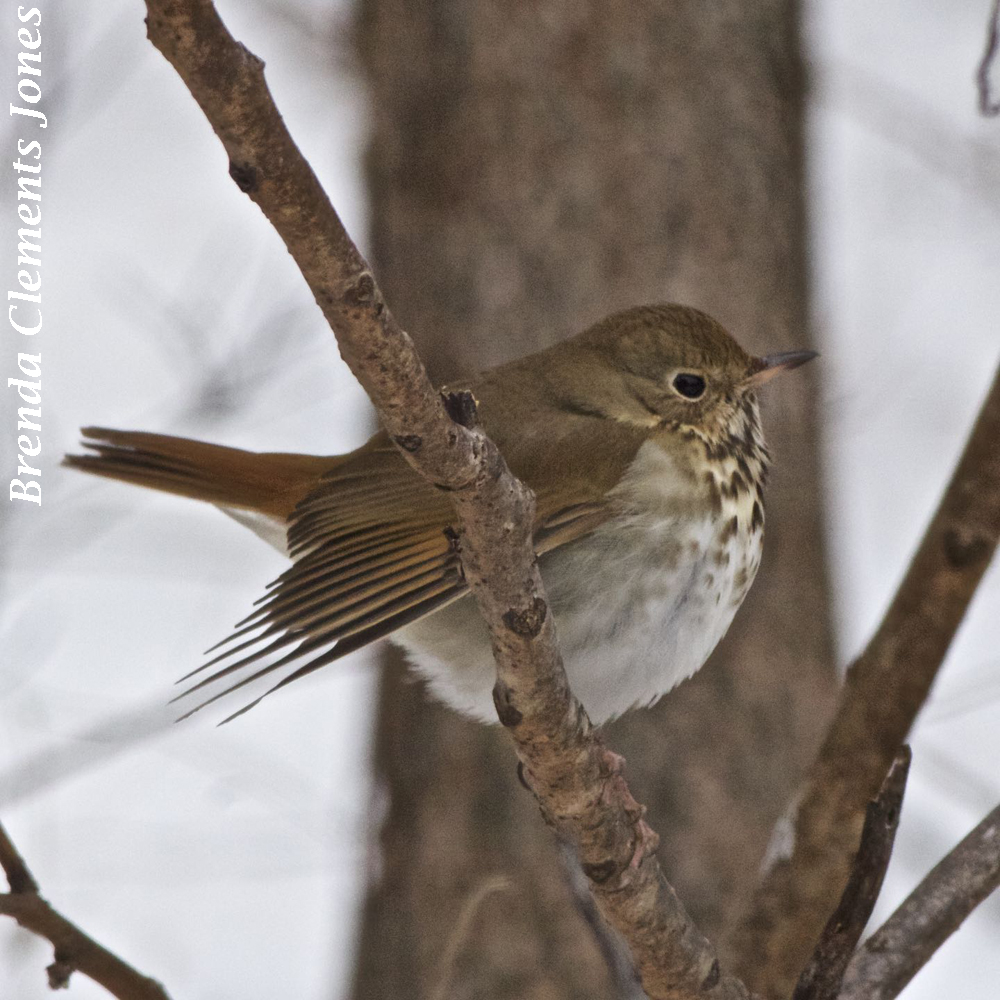
Seems every day I’m seeing another of my winter birds. This one, my treasured Hermit Thrush (Catharus guttatus). A medium sized bird with a magical, flutelike song which it doesn’t bring along on its winter visit. It saves those lovely notes for summer, choosing to blend in and not make too much of a noticeable…
-
Solomon’s Plume
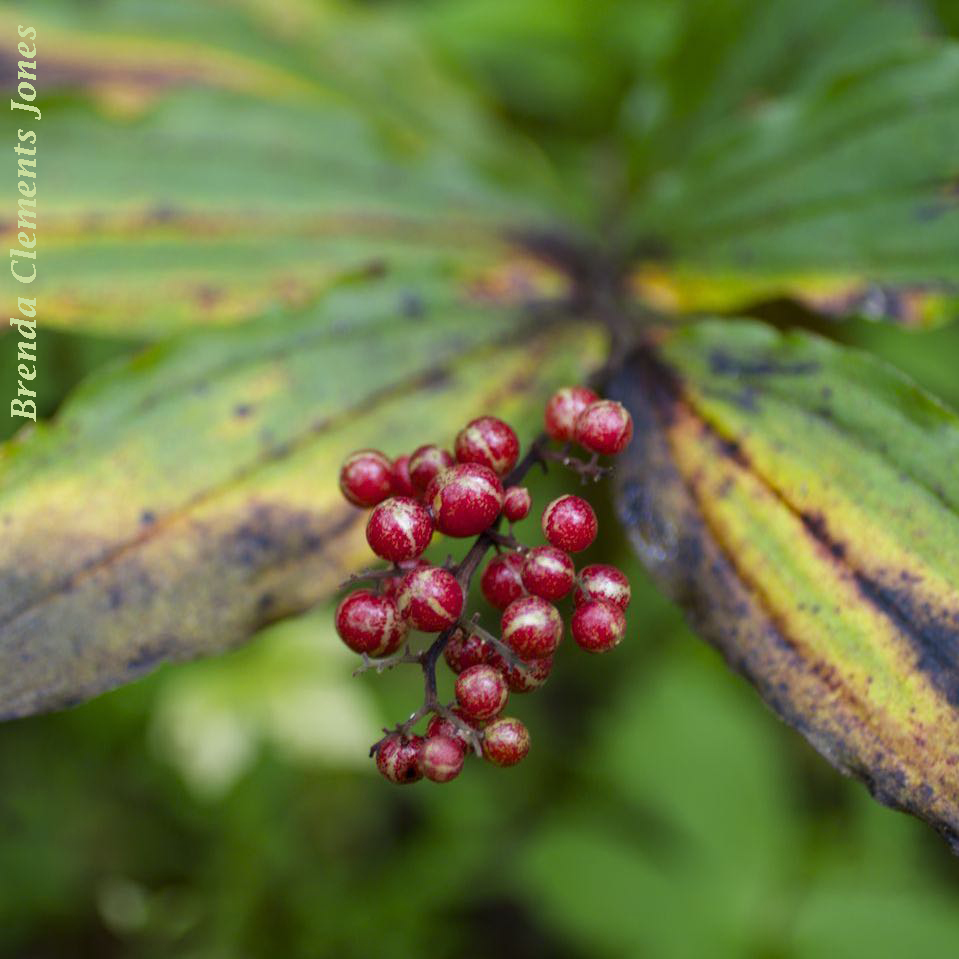
Solomon’s Plume (Maianthemum racemosum), an herbaceous perennial in the lily family (Liliaceae). The berries are a brilliant crimson right now at the end of October, and easy to spot along trails in the mountains. Just as easy to spot, in the spring, are the flowers which bloom for about 3 weeks, late April into May.…
-
Gray-headed Coneflower
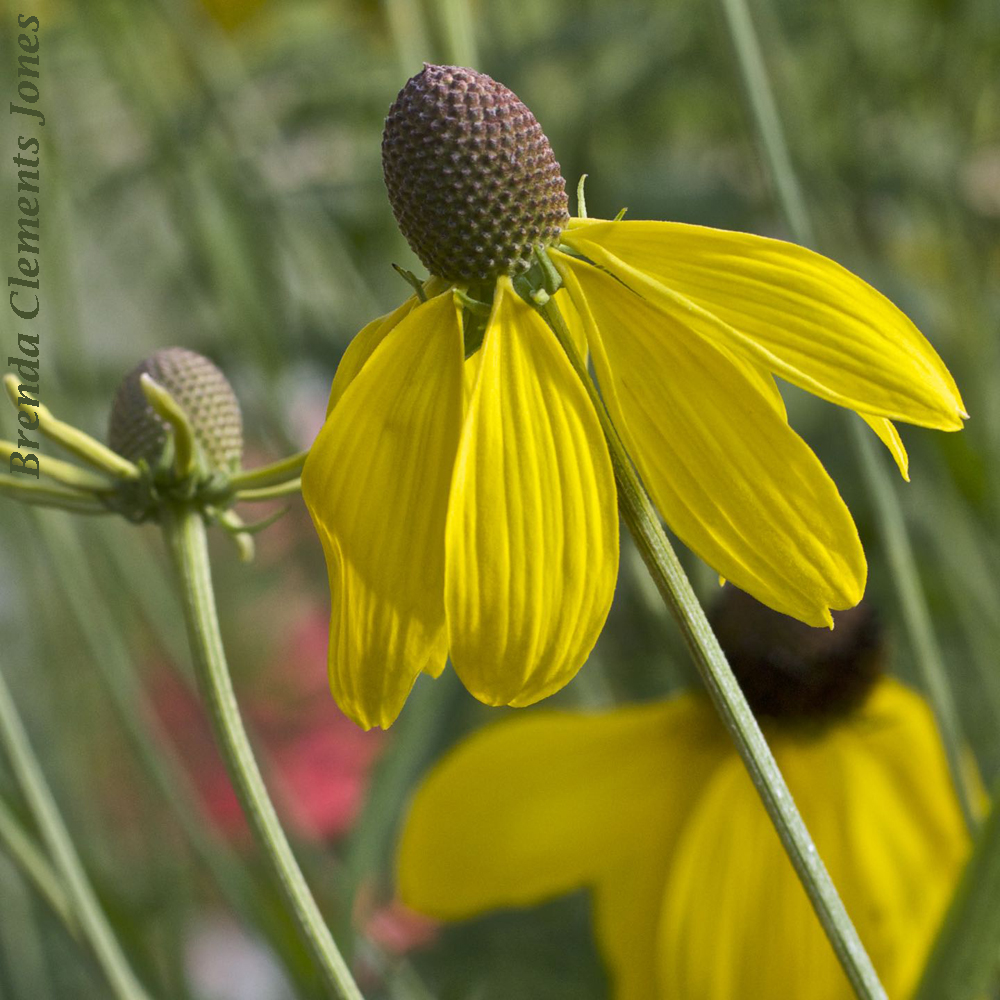
July, and the hillsides that are my gardens are brilliant with the happiest of yellow thanks to Gray-headed Coneflower (Ratibida pinnata). Native to central and eastern North America. A herbaceous perennial plant that can be as tall as four or five feet, and quite narrow. Tall and spindly. But in a mass planting they’re a…
-
Elderberry
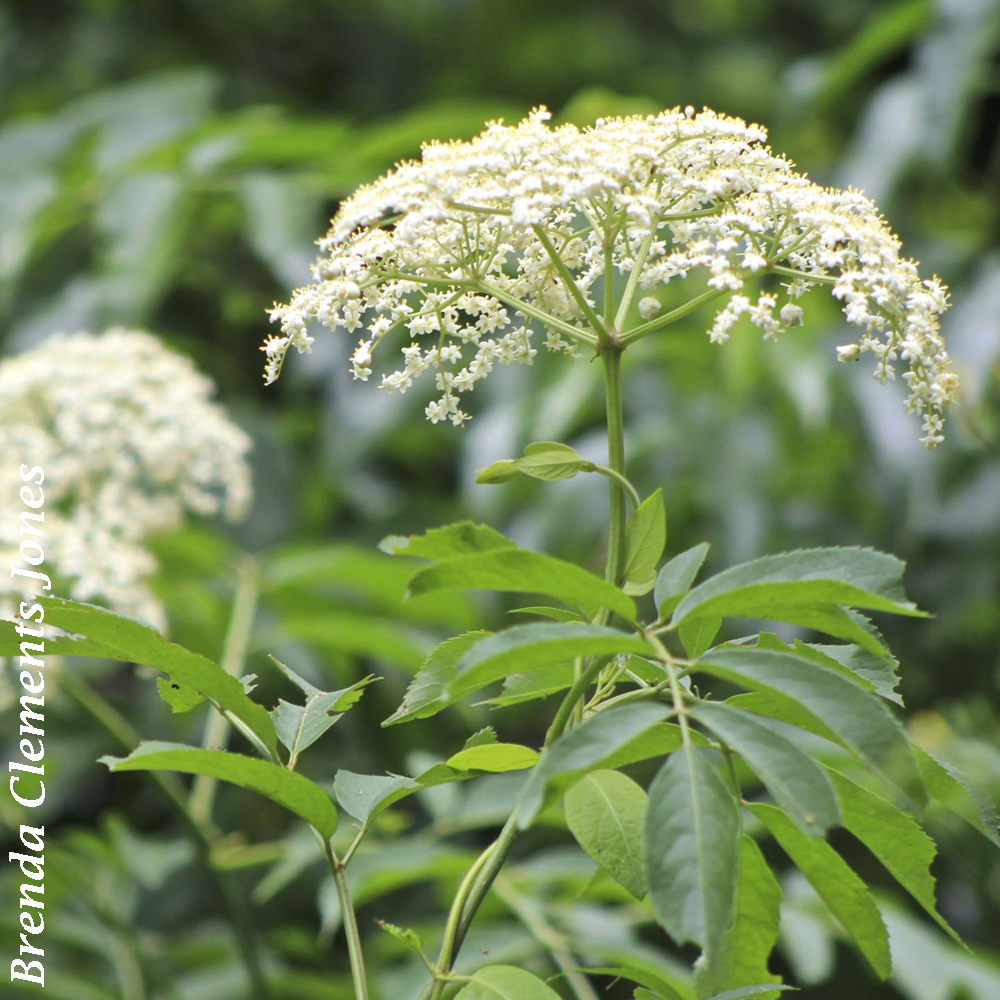
Lots of Elderberry Bushes (Sambucus canadensis) are in bloom up here in the mountains. On a trip to Florida in early May, I saw many in bloom down there along the roadways, making me feel at home. Now I’ve got Elderberries blooming at the edge of the woods outside my cabin too thanks to Saint…
-
Common Milkweed
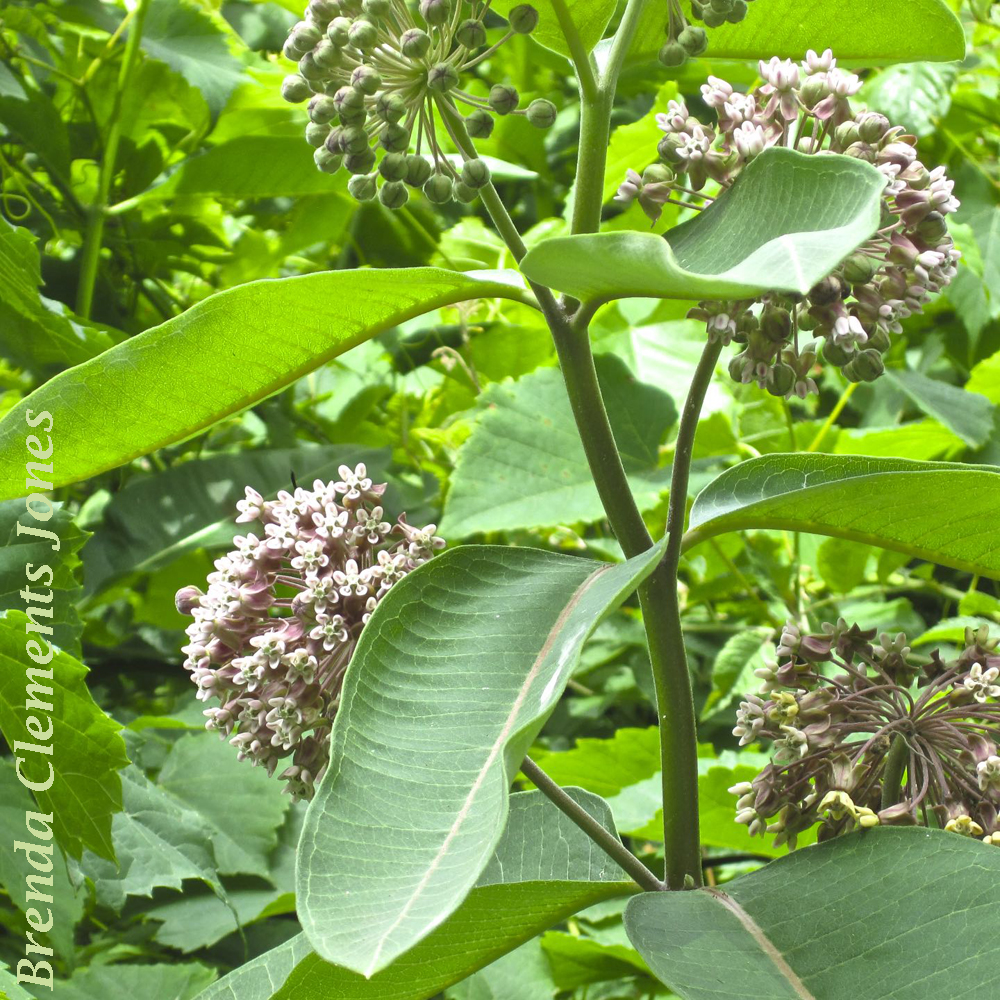
Within just a few weeks this is what Common Milkweed (Asclepias syriaca) will look like up here. It’s a great plant that benefits many insects. Flies, beetles, ants, bees, wasps, and butterflies will all gather ’round to join in the dinner buffet.
-
Orchard Orb-weaver Spider
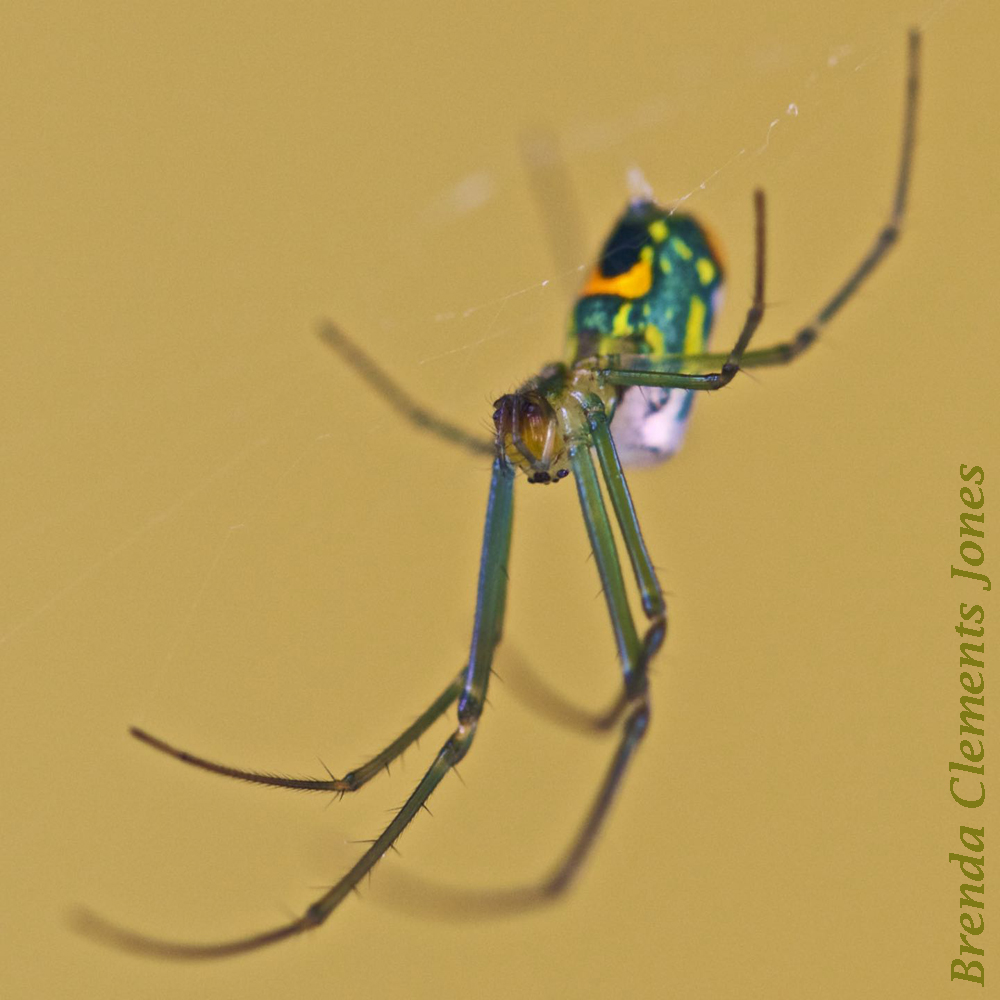
A jewel toned beauty in a spider. Tiny too. Orchard Orb-weaver Spider (Leucauge). Most males are smaller than females. The males are about an eighth of an inch long. The female about a quarter inch long. Tiny. I’ve happened upon these spiders on several visits to central Florida. I believe these are females because their…
-
Eastern Fence Lizard
A cute little creature that I see climbing on the cinder block foundation of my cabin on occasion. An Eastern Fence Lizard (Sceloporus undulatus). With golden eyes that stare back at me wondering what I am. Fence Lizards grow to be between four, and seven and a quarter inches long. Usually females are gradations of…
-
Black Cohosh
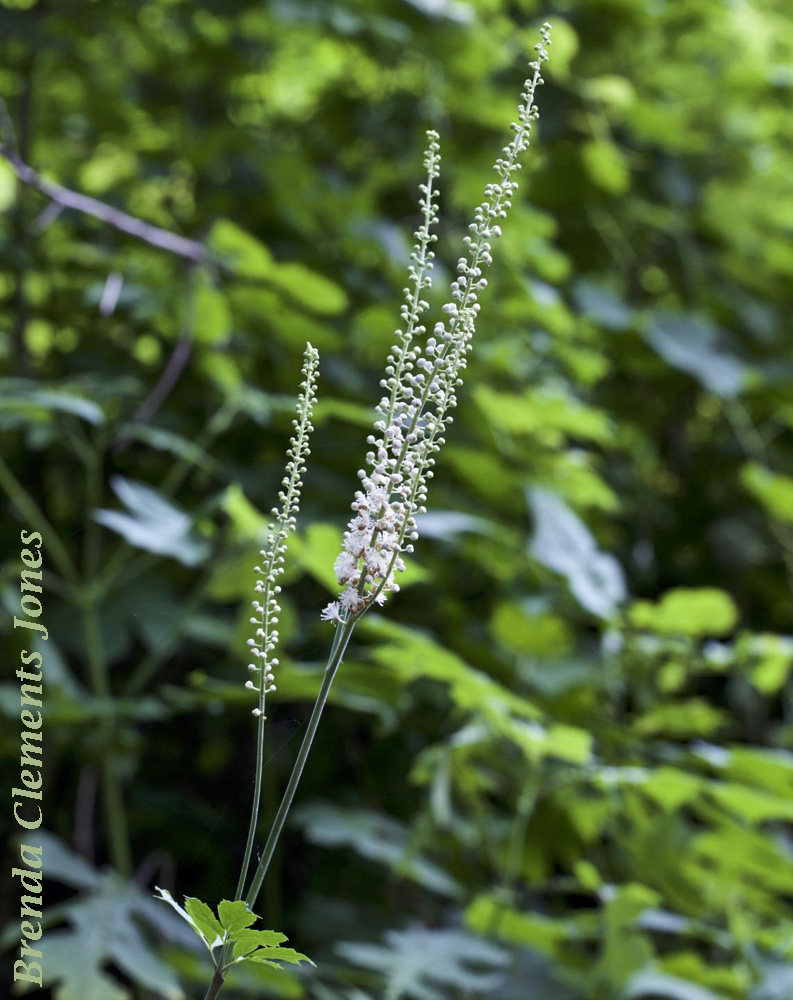
A wonderful sight in late June early July. Blooms of Black Cohosh (Cimicifuga racemosa) when there are few other flowers blooming in the woods. Black Cohosh is a herbaceous perennial native to eastern North America. Quite plentiful here in the Blue Ridge Mountains. Rising above their leaves on tall stems to six or eight feet.…
-
Sassafras Trees Are Dioecious
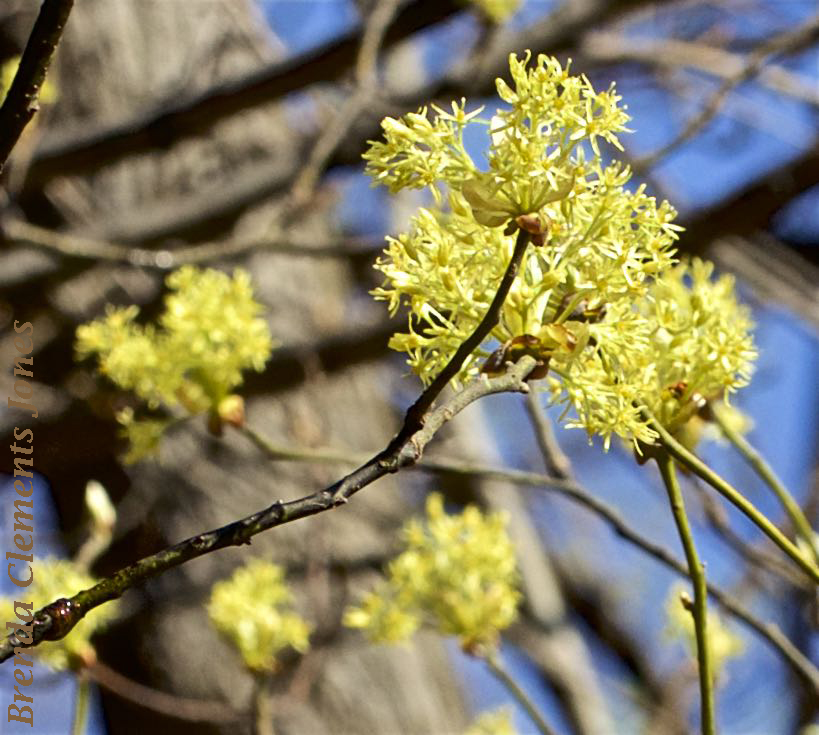
Seems winter has given up. Spring has won the battle of the seasons and is stepping through the woods. Right now, mid-April, Sassafras Trees (Sassafras albidum) are in bloom throughout the woods of the Blue Ridge Mountains in central Virginia. Creating a soft watercolor wash of pale yellow. Sassafras is a dioecious tree, meaning any…